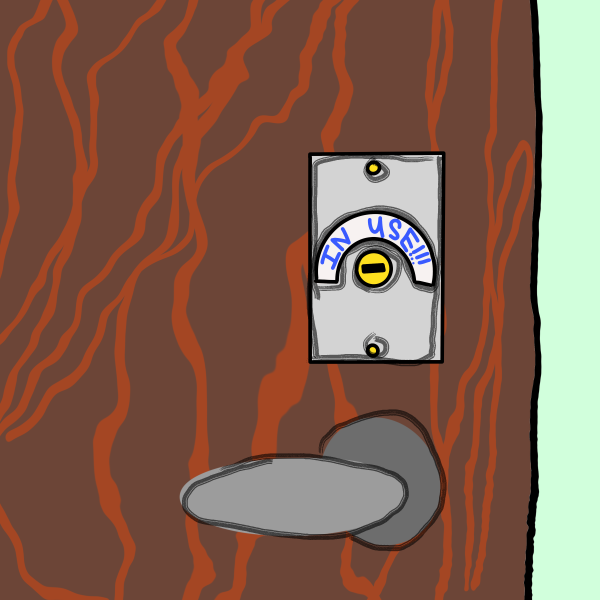Deficit Dealings and Course Caps
March 10, 2016
The room was tense as Interim Dean Marcela Kostihova had a frank discussion with faculty members in a meeting last Wednesday about the possible ways Hamline might deal with its financial deficit.
Such possibilities included a raised course cap, fewer adjunct professors, more investment into 1000-level courses by full-time faculty, removal of chair compensations, making sabbaticals competitive and not replacing all retiring faculty. To clarify, these are options that are being discussed, but not implemented at this point.
Kostihova asked the faculty to provide their feedback to the administration on this matter—to advocate for what they believe matters most. While we believe that all decisions made by the administration regarding the deficit will affect students, of particular interest to us is the idea of a raised course cap.
Hamline advertises itself as a small university with small class sizes, where professors actually know the names of their students. Small class sizes carry more benefits than merely recognition. For one, discussion-based courses are infinitely more manageable for students and professors alike as a greater number of students are able to engage with each other on a deeper level. Introverted students in particular may feel more comfortable contributing to class discussion in an atmosphere with fewer peers.
Even for students who aren’t as shy, the atmosphere in a smaller class is more welcoming and casual. Overall, everything feels less intimidating and there’s less fear of judgement. In addition, teachers of smaller classes are not spread as thin as those of larger classes and are better able to call on each of their students within a class period. At a university that promotes itself as a locus of diverse thinking, the importance of encouraging in-class involvement cannot be understated.
Granted, we do not anticipate that Hamline will ever have courses of 100+ students, partially because the vast majority of classrooms available would never seat that many students, which brings us to another point.
Kostihova gave the example of raising the course cap from 25 to 27, which doesn’t seem like much. However, the difference between 25 people and 27 people in many of the classrooms in GLC is more noticeable than the numbers would indicate. A couple extra bodies could be the difference between having breathing space or dying of claustrophobia.
We would imagine that to a certain extent, those two extra sets of papers, projects and exams to grade makes more of a difference to professors than it may seem. For full-time professors with academic advising loads, the time spent grading that extra midterm exam is time taken away from talking with advisees.
Class sizes are one of Hamline’s main selling points, and it would be a shame to dismiss its importance to students. Candor and comfort among professors and peers are important, and they could well be lost if class sizes increase much further. While class cap extensions may seem like an easy fix to Hamline’s current financial woes, they may cause lasting damage to the sense of community on campus.





